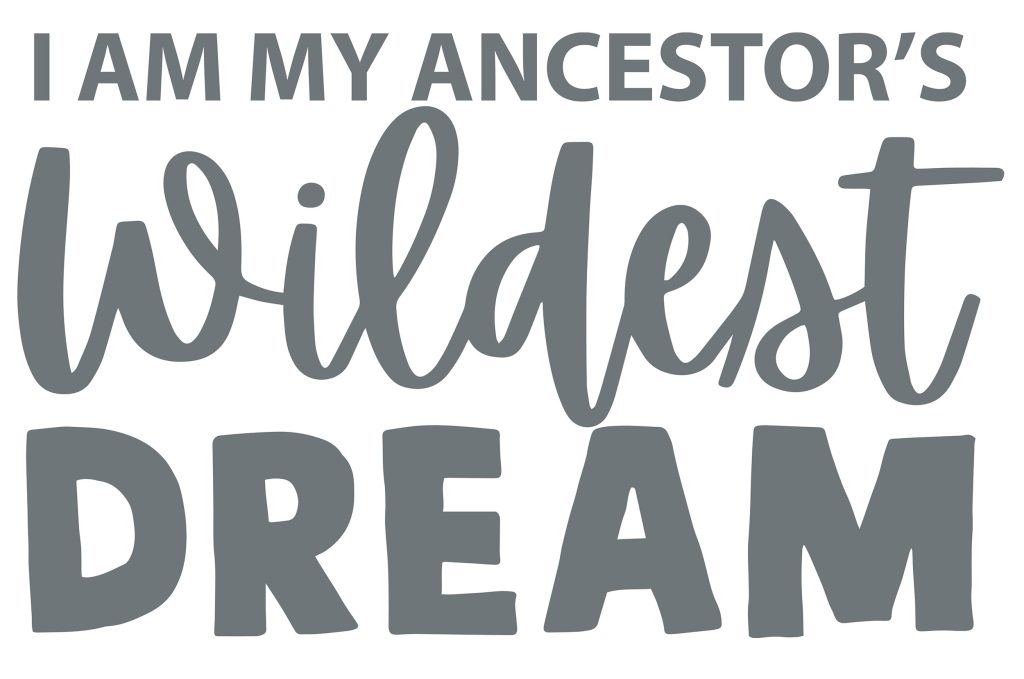Community & Belonging In A New Distributed-First Workplace

The future of work is the hottest topic in HR right now as many of us consider a more distributed-first workforce working in a hybrid mode. Central to getting this right for your people and your business, is determining how you build community & belonging in a new distributed-first workplace.
Spotify’s Work From Anywhere program has unlocked potential for our future. The program puts choice in the hands of the employee, where individuals get to make the decision on a work arrangement that best suits their ways of working and lifestyle. With thousands of band members across the globe in various locations, it means we need to be even more intentional about building community and creating a sense of belonging.
No matter where in the world your employees are, when they join your company they are part of something bigger than themselves. They all want to have impact and they all want to find their place in the organisation’s ecosystem. This takes finding themselves a community.
Community for Employees: Wherever and However
For example, we recently hosted our third annual BLK (our employee resource group for Black / African American culture) Workforce Development Conference, where we hosted a panel with employees who started during the pandemic. All of them mentioned that when they first started, they went searching for community – and they found it via the employee resource groups that offered them volunteer opportunities, a way to introduce themselves to other colleagues around the company and learn about how we do things here.
This is aligned with what we know about what employees are looking for in workplaces. In an article on Harvard Business Review, the three things employees want from work are career, cause and community: “Community is about people: feeling respected, cared about, and recognized by others. It drives our sense of connection and belongingness”.
Organizations that invest in facilitating connection, either virtual or in-person, will have greater social currency in the eyes of talent being attracted to their organization, as well as maintaining high employee satisfaction.
Belonging: The Scaffolding
Our workplace culture has gone through a lot over the last 18 months. Many organizations are building workplaces focused on either career, cause or community. At Spotify, we’ve built our DIB scaffolding. Our scaffolding is our support systems, or foundational layers of all of our work with Diversity, Inclusion & Belonging (DIB). It includes all our strategies around encouraging diversity, being inclusive and creating belonging – everything from Heart & Soul to a very intentional program to keep employees aware of who we are and what we do/can offer them. The reality is that companies have to facilitate all three areas of career, cause and community for employees to be comfortable with bringing and being their whole self and able to thrive in the workplace.
This is one of the areas we’re staying close to and keeping an eye on. In a distributed-first workplace, we have to ensure the components of our belonging culture (which we’ve invested a lot in when developing our people strategy, and which is authentic to Spotify) stays true and core to who we are.
If an organization is more focused on only the tactical aspects of business (and not the humans that make the work happen), the sense of belonging will begin to dwindle. At Spotify, we’ve noticed that even when DIB is fully integrated into our people strategy and employee behaviors, we can’t take our eye away. While it’s great being named America’s most loved workplace culture by Newsweek, we definitely don’t want to get comfortable, we believe that to win the game on talent, this is going to be an important part of our success or failure.
Continuous and Rewarding Work
It is paramount that we take a holistic view on our band members’ experience. While the artifacts (what I like to call the special sauce) that make our workplace culture one-of-a-kind, we have to stay ahead of the curve and be able to adapt to the organizational and employee needs, and that means being intentional and present with the community and belonging in this ‘new normal’.
The ‘new normal’ also means embracing technologies and developments in other ways. The future suggests a way for us to tap into AR/VR technology, virtual workplaces and gamification of collaboration. All things that have been done to some extent before, but may well become bigger parts of our future work lives.
No matter what new tools you put in place the important thing to note is that while ways of working continue to evolve, as HR professionals we must all make sure we can evolve too. Any company (well, any compelling and attractive talent brand company) will have to tackle these challenges while working to ensure your workforce can heal from the past and be even stronger than before. This is the hard, continuous, and rewarding work involved establishing community and belonging.



